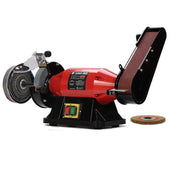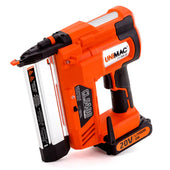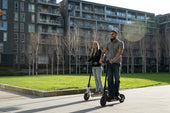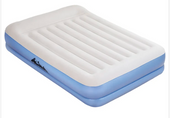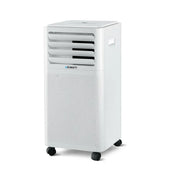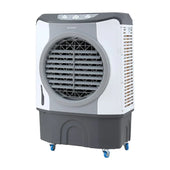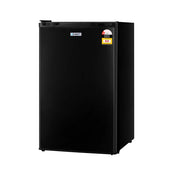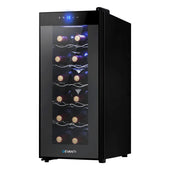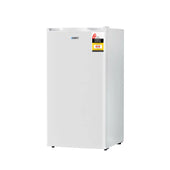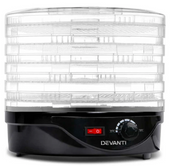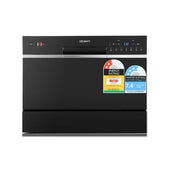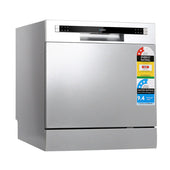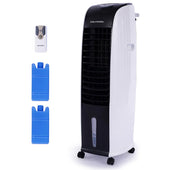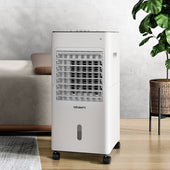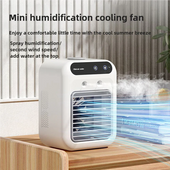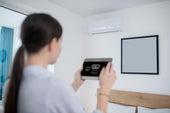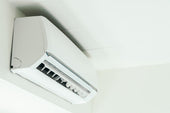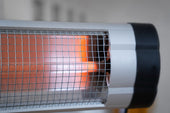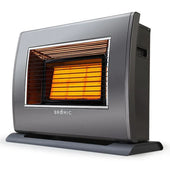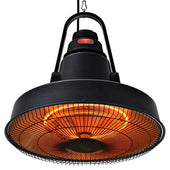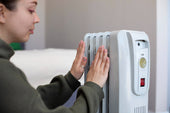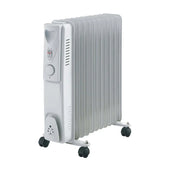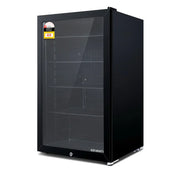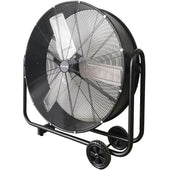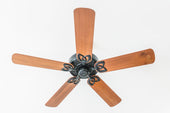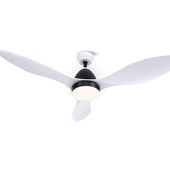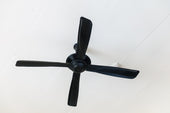Understanding Electric Heaters: Types and Functionality
Electric heaters come in various types, tailored to meet specific heating needs and preferences. Fan heaters use a small fan to push air over a heated element, rapidly distributing warmth. Convection heaters rely on circulating air currents, ideal for consistent room temperature. Radiant heaters emit infrared waves, directly warming objects and people within their range. Oil-filled radiators use heated oil to provide long-lasting heat, even after being switched off. Panel heaters are slim and wall-mounted, combining aesthetic design with efficient heating. Each design functions differently, influencing energy consumption and performance. Proper understanding of these types aids in selecting the most efficient option for specific circumstances.
Why Efficiency Matters in Home Heating
Home heating efficiency plays a critical role in energy consumption, comfort, and overall cost. Efficient heaters reduce energy waste, lowering electricity bills while minimising environmental impact. As highlighted by During Days, choosing an efficient model ensures consistent warmth without overheating or frequent cycling, maintaining a comfortable indoor climate. It also prolongs the lifespan of the heating unit by reducing wear and tear caused by excessive operation. Modern electric heaters are designed with advanced technologies such as thermostats, timers, and eco-modes to optimise performance and energy use. Investing in efficiency ultimately supports long-term savings and contributes to a sustainable living environment.
Comparing Convection, Radiant, Fan and Infrared Heaters
Different electric heaters suit specific needs, with varied performance and efficiencies.
- Convection Heaters: These utilise heated air circulation, making them ideal for maintaining consistent warmth in enclosed spaces. They are slower to heat a room but excel at distributing heat evenly.
- Radiant Heaters: Providing direct heat to objects or people, these are well-suited for targeted use in small areas. However, they lack efficiency for heating large spaces.
- Fan Heaters: Compact and quick, these combine heating elements with a fan to distribute warmth rapidly. Noise levels and higher energy use may deter some users.
- Infrared Heaters: Efficient and silent, they heat objects and surfaces directly for focused warmth. Perfect for drafty or open spaces, though their warming effect ceases upon shutdown.
Each offers distinct features to match diverse environmental requirements.
Energy Efficiency and Cost-Effectiveness: The Key Considerations
When selecting an electric heater, understanding energy efficiency and cost-effectiveness is crucial. Energy efficiency ensures the heater uses minimal electricity to produce maximum heat, reducing both energy consumption and environmental impact. Look for heaters with high Energy Efficiency Ratings (EER) or those marked with “eco” settings, which optimise power usage.
Cost-effectiveness involves considering both upfront costs and long-term expenses. While some heaters may be inexpensive initially, they might incur higher operational costs. Features such as programmable thermostats, timers, and zone heating can help minimise electricity usage, ultimately lowering bills. Balancing energy efficiency and affordability leads to smarter heating choices.
How to Calculate Heating Output and Energy Consumption
To calculate the heating output of an electric heater, measure the heat energy produced in watts (W) or British Thermal Units (BTU). The formula to convert electric power into heat output is:
- 1 watt = 3.41 BTU/hour.
For energy consumption, calculate the heater's power usage in kilowatt-hours (kWh). Use the following steps:
- Identify the power rating: Check the heater’s wattage (e.g., 1,500W).
- Determine operating hours: Multiply the wattage by the hours of operation per day.
- Convert to kilowatts: Divide the result by 1,000 for kWh.
These calculations assist in evaluating energy efficiency and cost implications. Always verify manufacturer specifications for accuracy.
Factors That Influence Efficiency: Size, Insulation, and Placement
The efficiency of an electric heater depends significantly on specific factors such as its size, the quality of insulation in the room, and its placement.
- Size: Choosing a heater with the right capacity is vital. Oversized units consume unnecessary energy, while undersized ones struggle to maintain warmth. The area to be heated must be matched to the heater’s power output, typically measured in watts.
- Insulation: Poorly insulated spaces lose heat easily, forcing heaters to work harder. Proper insulation minimises heat loss, making the heater more effective and economical.
- Placement: Positioning impacts efficiency. Placing heaters near windows or draught-prone areas helps counteract cold spots. However, they must be unobstructed to facilitate proper heat circulation.
Smart Features and Technologies in Modern Electric Heaters
Modern electric heaters incorporate innovative technologies that enhance efficiency and convenience. Many models feature programmable thermostats, allowing users to schedule heating times and maintain consistent temperatures. Adaptive heating technology enables heaters to monitor room conditions and adjust output accordingly to save energy.
Wi-Fi connectivity has transformed heaters into smart devices, permitting remote control via smartphones. This includes real-time temperature adjustments and energy usage tracking. Some devices also integrate with smart home ecosystems like Amazon Alexa or Google Home for voice control.
Additional technologies like motion sensors automatically turn heaters on or off when occupants enter or exit a room, eliminating unnecessary energy use.
Best Electric Heater Models for Energy Savings
Selecting an energy-efficient electric heater involves understanding key models tailored for cost savings and comfort.
- Oil-Filled Radiators: These heaters are ideal for consistent warmth, retaining heat long after being switched off. They are designed for minimal energy consumption while maintaining room temperature efficiently.
- Infrared Heaters: Known for heating objects rather than air, these units are highly effective in well-insulated spaces and yield lower power usage.
- Ceramic Space Heaters: With built-in thermostats and energy-saving modes, they are reliable and adjust heating based on room size.
- Panel Heaters: Wall-mounted panel heaters offer slim, space-saving designs and adjustable settings to optimise energy output.
Researching features ensures the best match to individual needs.
Eco-Friendly Options: Reducing Your Carbon Footprint
Choosing eco-friendly electric heaters can significantly lower environmental impact and energy consumption. Many modern heaters feature advanced technologies designed to enhance efficiency. Infrared heaters, for instance, operate by directly heating objects and individuals rather than the surrounding air, reducing wasted energy.
Using heaters with smart thermostats helps users optimise energy usage by maintaining consistent temperatures. Look for models with the Energy Star rating, which ensures compliance with strict energy efficiency standards.
Additional steps include using heaters made from sustainable materials or recycling old units. Combining efficient heaters with proper insulation and renewable energy sources further reduces your carbon footprint while maintaining cosy warmth.
Tips for Choosing the Right Heater for Your Home
When selecting the ideal electric heater for your home, several factors must be considered. Efficiency is crucial; look for models with high Energy Efficiency Ratings (EER) or smart features like thermostats. Room size and insulation are significant; larger rooms may require powerful heaters, while smaller spaces might only need compact units. Safety features, such as cool-to-touch exteriors and automatic shut-offs, reduce risks. Noise levels should also be assessed, especially for bedrooms or offices.
Take into account heater types, such as fan heaters, infrared, or ceramic models, depending on preferences. Budget constraints and energy saving capabilities should guide your decision.

